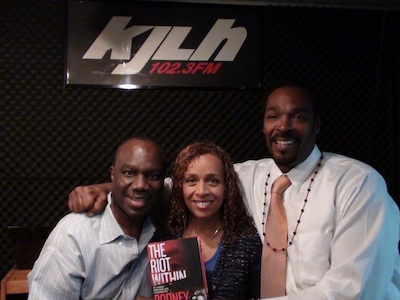
Radio hosts Carl Nelson and Dominique DiPrima pose with Rodney King on Monday, April 30, 2012. (Photo courtesy of KJLH-FM)
Rodney King today did an early morning visit to KJLH-FM’s “The Front Page” show with Dominique DiPrima and Carl Nelson.
During the show, which airs Monday through Friday from 4:30 a.m. to 6 a.m. on Radio Free 102.3 FM, he spoke about forgiveness and moving on in his life.
King took the opportunity to promote his book “The Riot Within: My Journey From Rebellion To Redemption.” He has been doing media interviews for the past several weeks talking about his life since a video camera captured the brutal beating four police officers inflicted on him more than 20 years ago.
You can read about his conversation with KPCC’s Patt Morrison during a panel held on Saturday, April 21 during the LA Times Festival of Books here.
King will be in Leimert Park tonight at 7 pm for a book signing at Eso Won Bookstore, located at 4327 Degnan Avenue.
Please visit our special 20th riot anniversary site, www.southla2012.com, for more coverage on the event that changed the history of Los Angeles.









 Saturday marked the grand opening of the Metro Expo Rail Line.
Saturday marked the grand opening of the Metro Expo Rail Line.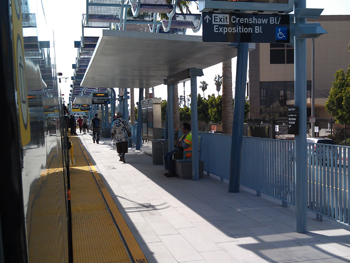 Gerri Williams is from Pasadena and plans on taking the Expo line often. She also decided to take part in the festivities of opening weekend. “I am enjoying it very good. The music is good and it is nice to be outside and seeing all the venders that are here, and being out in the sun!”
Gerri Williams is from Pasadena and plans on taking the Expo line often. She also decided to take part in the festivities of opening weekend. “I am enjoying it very good. The music is good and it is nice to be outside and seeing all the venders that are here, and being out in the sun!”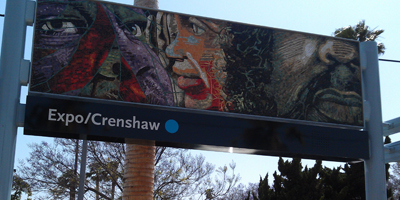
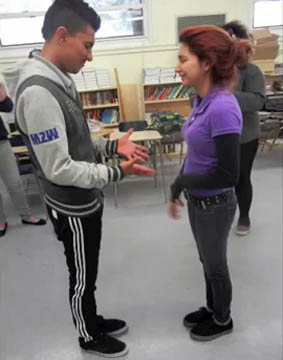 Manual Arts High School journalism students created audio slideshows that showcased their dancing skills through photography and personal commentary. Select students danced to traditional Latin music, while others documented the activity with their cameras. After choosing the best photos, the class split up into teams to record their thoughts.
Manual Arts High School journalism students created audio slideshows that showcased their dancing skills through photography and personal commentary. Select students danced to traditional Latin music, while others documented the activity with their cameras. After choosing the best photos, the class split up into teams to record their thoughts. “He was a good kid, never been in any trouble, never been arrested, never been suspended from school,” said Shaw.
“He was a good kid, never been in any trouble, never been arrested, never been suspended from school,” said Shaw.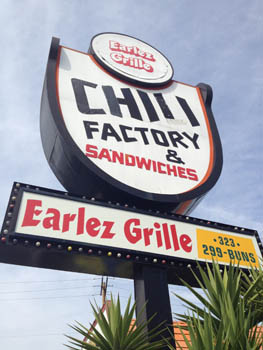 By Ela Bernal
By Ela Bernal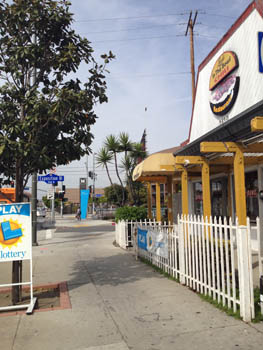 However, when the day does come, the restaurant won’t be going far. “I’d like to stay within 15 minutes from this area,” said Earle.
However, when the day does come, the restaurant won’t be going far. “I’d like to stay within 15 minutes from this area,” said Earle. Listen to the audio story from Annenberg Radio News:
Listen to the audio story from Annenberg Radio News:




